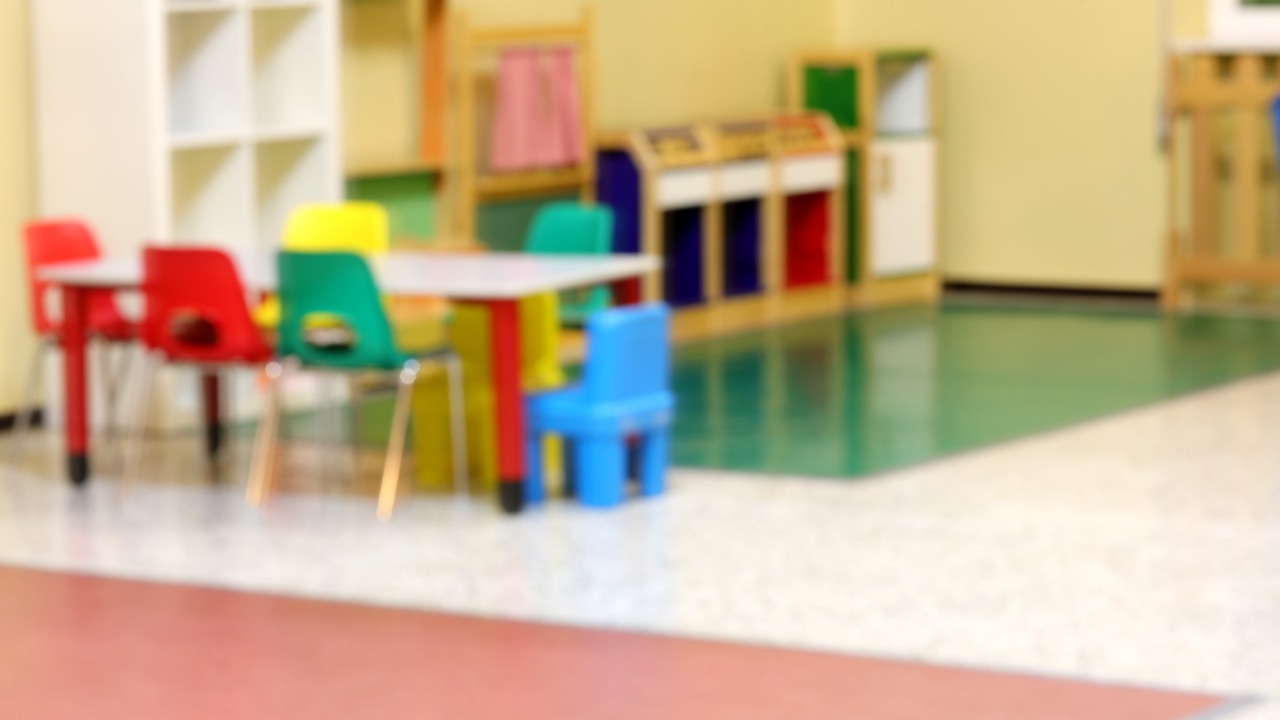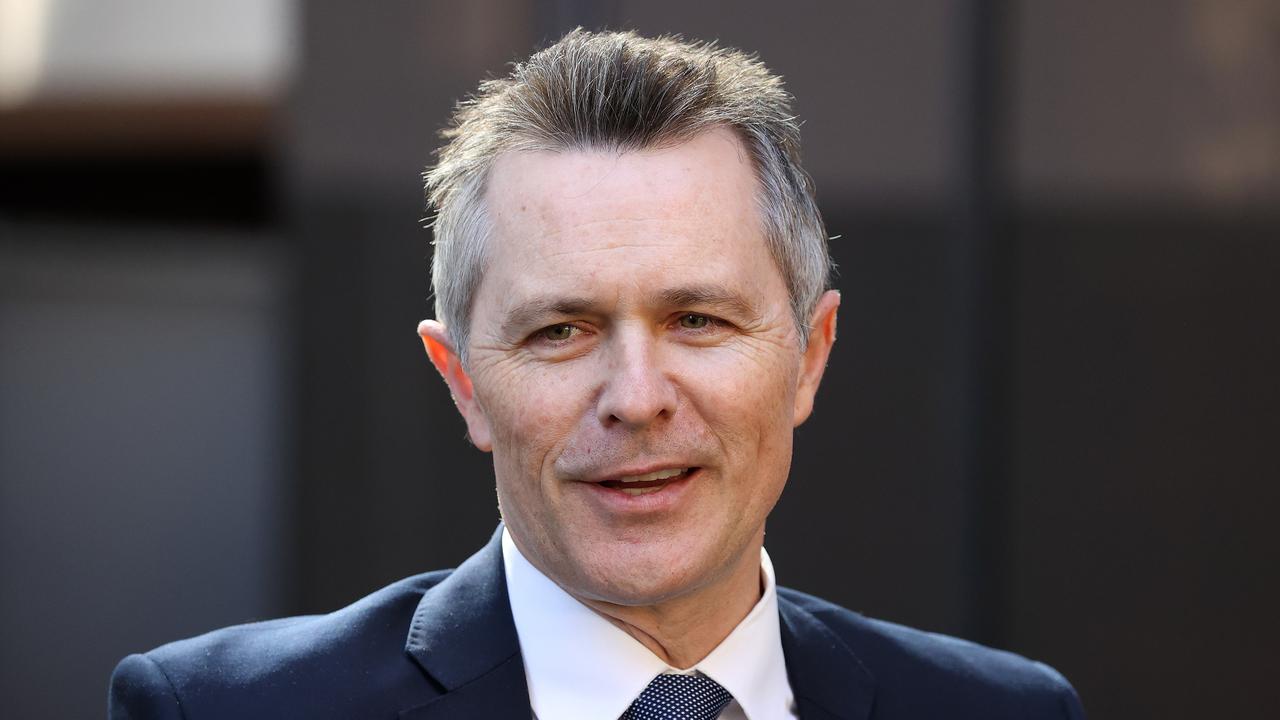ACCC checking childcare centres are playing by rules with fees
The ACCC has revealed where families have been hardest hit as childcare fees have skyrocketed in four years. See how it affects you.

Childcare fees have risen between 20 per cent and 32 per cent in the last four years, faster than inflation and wages, an investigation has uncovered.
Between 2018 and 2022, fees increased by about $21 per day for centre based care, $16 a day for family day care, $5 a day for outside school care and $74 per day for in home care services, according to an interim report by the Australian Competition and Consumer Commission.
It found the poorest families paid up to a fifth of their income on childcare.
The highest average daily fee for centre-based day care is in the Australian Capital Territory
($132.72 per day), followed by Victoria ($130.39), NSW ($125.53), WA ($125.29), South Australia ($121.40), Queensland ($115.04) and Northern Territory ($108.45).
The lowest average daily fee is in Tasmania ($107.37).
Queensland experienced the highest increase in day care fees (25 per cent).

Last week we revealed how some parents are concerned high mid-year childcare fee rises could wipe out any benefit from Labor’s new Cheaper Child Care policy, which kicks in on July 10.
The most expensive provider in the country is a boutique provider in Brisbane, which this week upped its fees to $225 a day, for children under 12 months.
Responding to the findings of the ACCC’s interim report released on Wednesday, Minister for Education Jason Clare warned providers to play fair.
“The ACCC is watching what’s happening right now to see whether providers across the country are playing by the rules,” Mr Clare said.

“If they don’t, then the ACCC will recommend what actions we need to take to ensure the full benefit of Cheaper Child Care is passed on to families.”
The report revealed those who live in the most well-off areas in the cities have the highest childcare fees, for-profit services charge more and that large providers, with more than 40 centres, have higher fees than medium and smaller providers.
However, those in the poorest areas come off worse, with the average fee for centre-based day care increasing more in low socio economic suburbs, compared to wealthy areas.
It also found around half of households with the lowest incomes spent up to a fifth of their disposable income on child care and those on the highest incomes spent up to nine per cent.
Indigenous children are also less likely to be enrolled in child care than non-Indigenous.

It also found the number of family day care and centre-based day care services charging above the hourly subsidy rate cap almost doubled from 2018 to the December quarter of 2022.
Despite some of the price hikes, the ACCC found government subsidies meant that actual out-of-pocket expenses for households increased at a slower rate over the same period, offsetting more than half of childcare fees on average.
However, even after subsidies, out-of-pocket expenses increased by seven per cent for households using centre-based day care services, by 12 per cent for households using outside school hours care, and 15.8 per cent for households using family day care.
KindiCare founder Benjamin Balk, who runs a childcare centre comparison website and app, said he expects the final report from the ACCC will find there has been an “acceleration” of fee increases since the December quarter of 2022.
“But the big miss of this report is that it doesn’t address the core issue, which is the workforce crisis,” Mr Balk said.
“Workforce shortages mean some providers are paying a 100 per cent mark up an hour for casual staff, or are operating with fewer staff and so fewer children.
“So the true cost of providing childcare is not being taken into account.”
More Coverage
Originally published as ACCC checking childcare centres are playing by rules with fees





